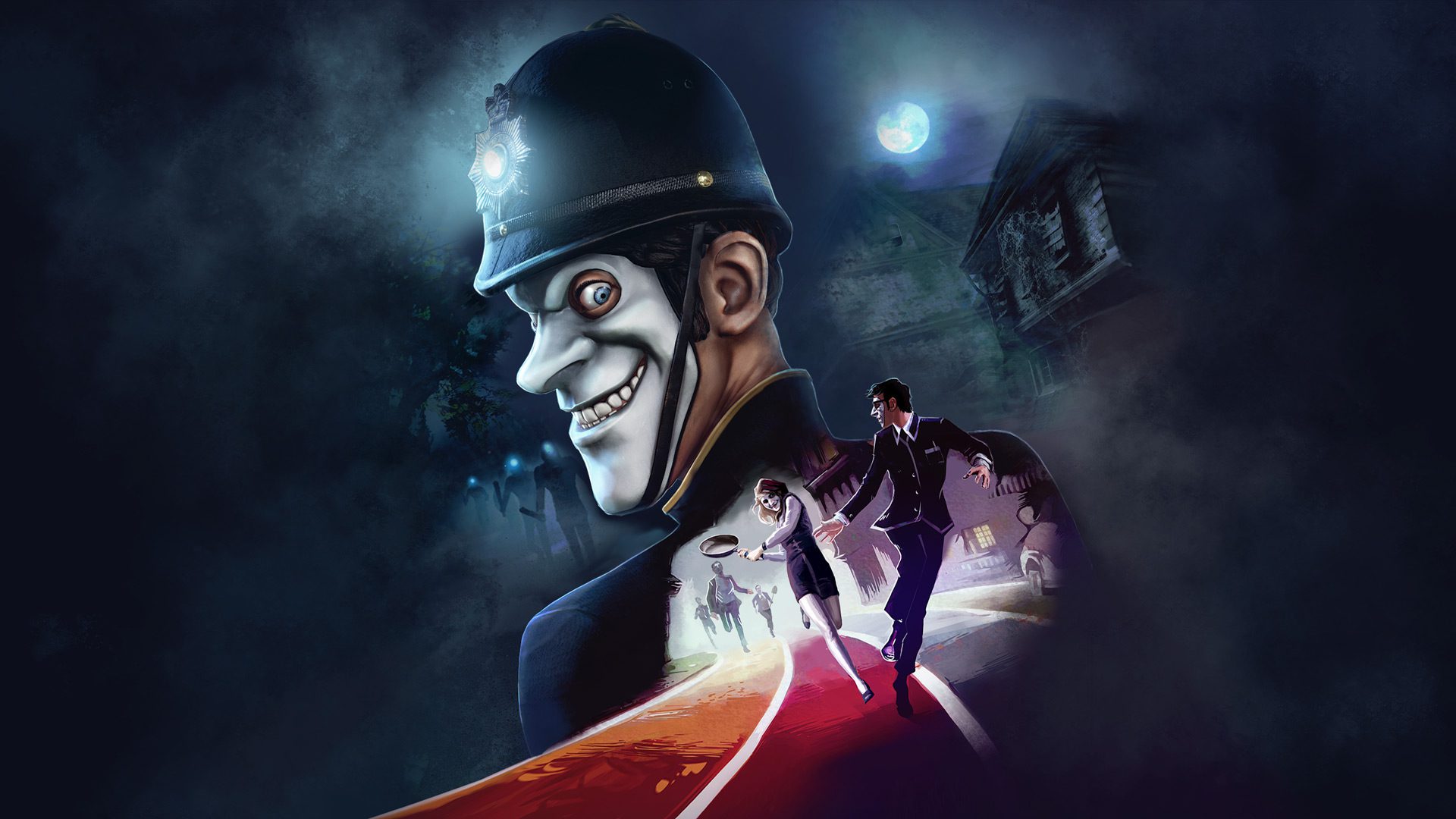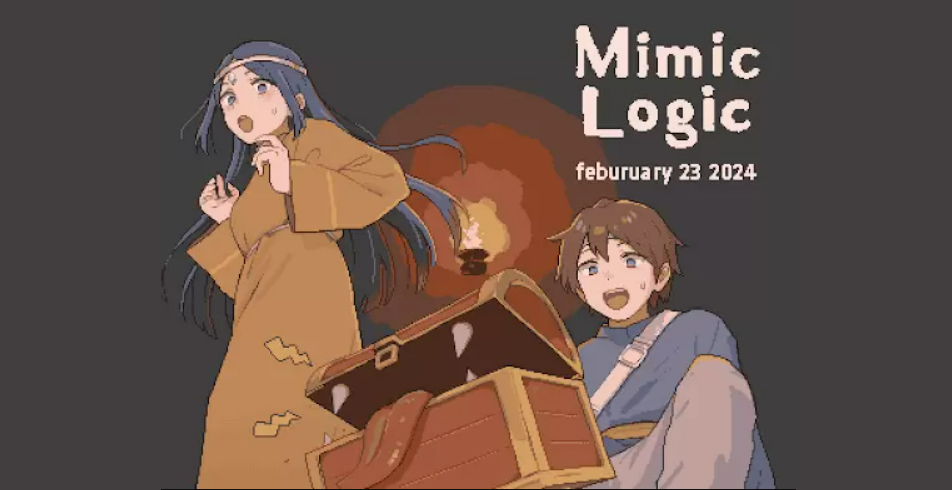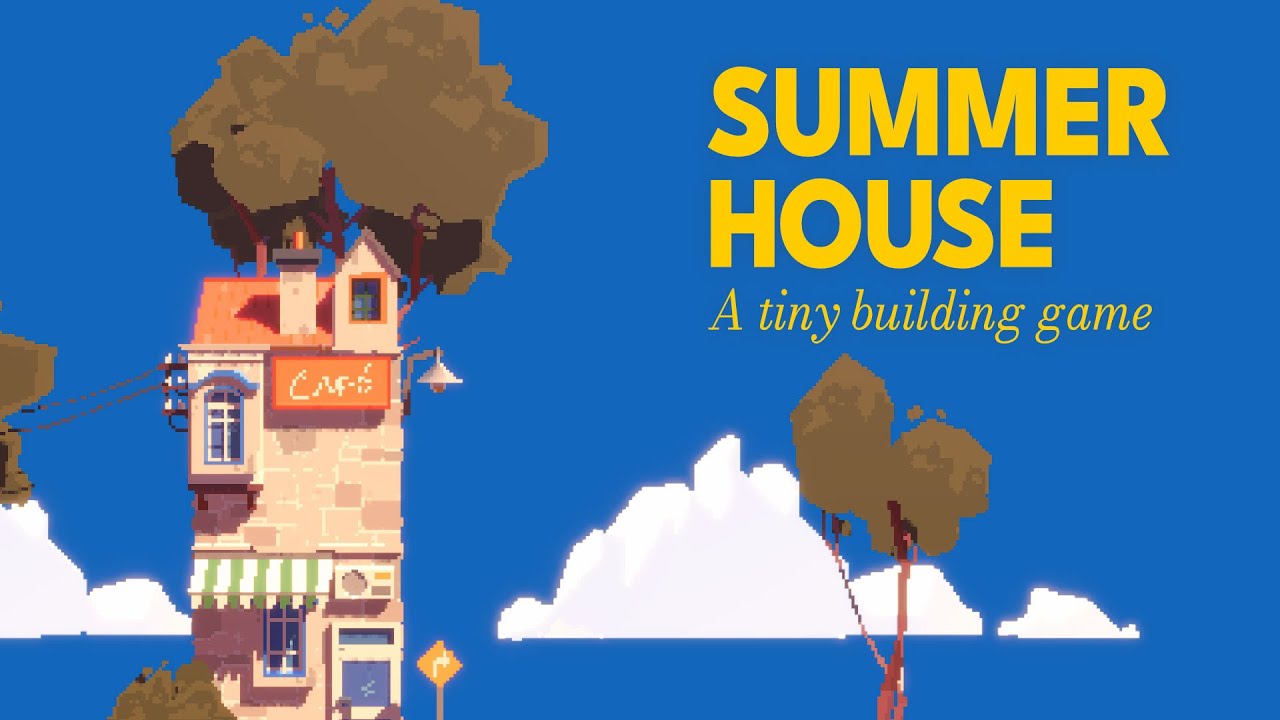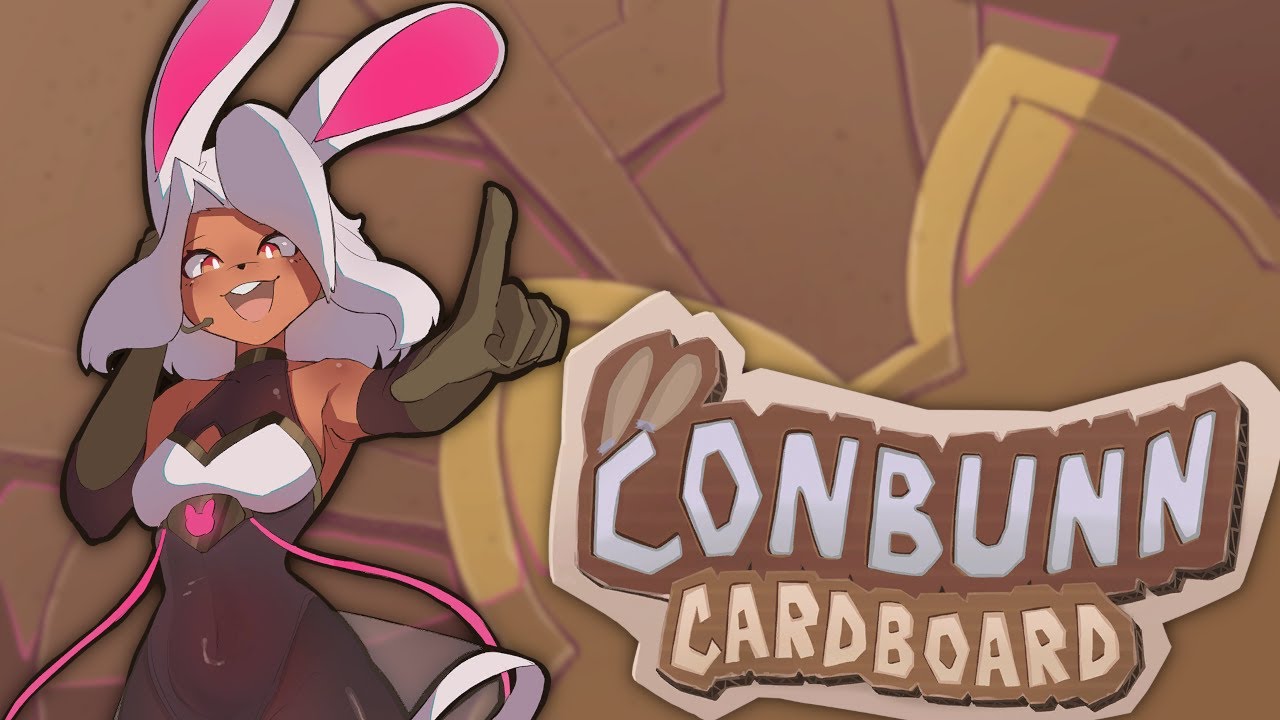Fifteen minutes into We Happy Few and I realized that this is a far different game than the one that was pitched to Kickstarter backers all those years ago. When originally announced, We Happy Few was essentially billed as a dystopian 1960s version of Great Britain that went mad after World War II. People were now under the control of the government and kept that way thanks to the forced taking of the drug Joy. The game stuck a chord with is incredible visual styling and the iconic white masks that those in the game wore.
It was something different and many felt was much needed, especially in the world of survival management games. Back when it was announced all those years ago the big trend was for studios to put out all manner of survival games, much like is being done with Battle Royale games today. Most of these games were really dark and gritty, going for realism and were all, at least in my honest opinion, pretty boring.
We Happy Few looked to change all of that not only with its visual style but because the game would still feature a story that would unfold around you as you survived. It felt like the team at Compulsion Games were trying to mix open-world and survival elements together. You’d fight to stay alive, but in the process would open up the story as you met people and completed tasks.
This was best seen when backers got a hold of the early access beta of the game that really drove home what players could expect and helped sell the game when it officially launched into Steam Early Access for a very reasonable $30. There was a lot of work to be done, sure, but what players got in early access showed a lot of potential. So, it’s a real shame that the game bakers were sold is not the same game that was released today on Steam.
In anticipation of the release I went back into the early access and played about a half-dozen hours to get myself reacclimated to the game after being away for a year or so. Things were definitely better and the slow pace of the game really meant one could spend a lot of time simply exploring and trying to stay alive. It was a brutal experience but one that was rewarding with lots of room to improve.
Doing quests keeps things together and also allowed the games story to really open up in small but satisfying ways. You felt like you were learning something about Wellington Wells and not simply being shuffled through a linear story with some tacked-on crafting elements. Survival came first, and the story built around how well you managed that.
Fast forward to release and after a day one patch of my early access copy We Happy Few is an entirely different game. I’ll ignore the price increase from $30 as that was announced ages ago, but what had me worried was the Season Pass scheme plan that added three new campaigns, all of which were linear. In fact, the whole game was now a more generic linear affair with crafting elements thrown in; exactly what I had feared would happen.
What’s worse is that the sandbox mode that made the adventure so unique has been totally dropped, now relegated to a free update somewhere down the line. So here I sit, three plus years out from the original promise without the main portion of the game that we were all sold on. I can imagine that We Happy Few isn’t the name of the game but instead the number of original backers that are happy with how this Frankenstein’s monster turned out.
Because We Happy Few is now a linear experience the entire core of style of the game has changed. Instead of surviving in a dystopian world and letting the game expand around you as you get better at it, We Happy Few now pushes you down a predetermined path that sucks much of the magic out of the game. There is less danger, less challenge, and less of a threat, but most importantly, the game now has to solely rely on its world and visual style –something it fails to do.
We Happy Few managed to draw a lot of people in with that look and style with hope to build from there. The original game we got didn’t focus heavily on this as you as the player was more interested in surviving. So, when story would pop up via the lore, people you talk with, or quests in the game, it felt a lot more special. Now that the game has its look as its only real focus, the cracks start to show as everyone will have almost the same experience.
The game just just never quite lives up to the world it has created. Every time something cool happens that the game could let breathe, you are quickly shuffled onto the next linear mission that needs your attention. Joy becomes nothing more than another status effect and the cool factor of the games visual style wears off leaving something fairly generic underneath because this is a much smaller experience.
These issues weren’t there in the original pitch because of how the game was laid out. That, and the developers had the time to build a stronger narrative around the survival bit. What we get instead is a game that doesn’t really know what it wants to be. Every change the game made over the course of development simply built over what was already there instead of starting new. This means We Happy Few has become a mish-mash of ideas all fighting for dominance, with none every coming out on top.
This linear mandate from whoever owns the studio today now was the proverbial nail in the coffin for this title. While the aesthetic is still inspired, the linear nature of the game shows that the team behind it never had a real structure to work with outside of the look. The mission layouts are mostly boring and straightforward affairs which are killers in any sort of narrative-driven experience. These limitations in design aren’t as pronounced in an open-word survival game because how you play the game falls onto the individual player.
A survival game can survive with formulaic missions because that isn’t the core point of the game –survival is. If that’s what you pitched and designing for, that’s great, but the moment you change to an entirely different genre that same design document you began with no longer applies. And no matter how much you thrown on top of it you can’t ever force a square game into a round hole no matter how many times you get bought and how often corporate steps in with their ideas.
Then there are the issues with the mechanics that We Happy Few never managed to really address, even after many years in early access. Instead of fixing technical issues that plagued the game since day one the team simply added new things in hopes it would be enough to cover up the shortcomings. Again, in an open-world game people would cut these issues some slack because of how big the world is and the freedom of choice, but as a linear narrative these issues are hard to ignore.
Animations are often pretty wonky at times and characters and items are wont to float about or ski themselves into position at will. There are tons of bugs still present that were there from day one that haven’t been addressed, and new ones that have popped up at release. The world is now far more condensed and compact and so these issues are only exacerbated with lots on clipping and hit-box issues. I also got stuck in the environment more than once simply leaping over something.
Because We Happy Few relies so heavily on its visual style you really pay attention to it and notice all the strange issues in the details. The game isn’t a visual powerhouse in any regard (it still looks nice) and you’ll often question if there are more than a handful or character models as most everyone looks and acts the same. Again, when you condense the world into a narrative experience these issues are harder to ignore.
And then there’s the basic mechanic of survival that simply doesn’t work anymore in the genre the game has become. The linear nature of the experience means bits and bobs required for crafting something to move forward are usually close by you. Crafting is simply a means to an end instead of being the core of the experience that encourages risk and exploration. The game does feel like a cool $30 indie game crammed into a $60 AAA shell.
Right off the bat in the new starting area I got stuck in the environment simply leaping over and object forcing a restart and it’s not uncommon to see NPCs act broken, twitchy, and snap into positions they shouldn’t be in. It’s almost as if We Happy Few fights the player at every turn making the experience a chore when you know the fun is right there. You want so badly to love this experience and the game does what it can so you don’t.
To be fair the story itself is quite compelling with an alternate Britain post WWII where things have gone sideways, but this story often so told in a strange ways, hinting at the limitations of the basic premise. There is a story that plays out as you are shuffled along, but there’s also the personal journey of the player character told by finding floating masks to expand on your personal journey. These are static images with narration and feel a bit tacked on, like they needed to fill space on the disc.
New to the experience now is the Skill Tree that now opens up the game and let’s the combat and stealth take more of a starring role. Combat was always something criticized and instead of fixing it we get a tree that opens up a handful of abilities as your progress through the adventure. These are nice but they are still just built on top of the clunky combat base that’s always been there. We Happy Few feels like a game built for survival but the team really wanted it to be Dishonored instead half way through.
Stealth is also a big factor but the issues from early access still persist, even with the new skills and abilities that make it a bit more fun. What holds it back is that the core mechanic are still broken. Enemies tend to be dumb as rocks and its not uncommon to be crouched and enemies be blind to you even if you are staring at them. Then there are times where people will get antagonized but if you break eye-line its like you were never there.
If you come into this game without any previous knowledge you’ll notice a number of these issues which might not bother you too much, but if you’ve been around for the last few years you’ll REALLY notice those issues plus the new ones created because of the design change. We Happy Few is a game that simply doesn’t know what it wants to be and the lack of polish shows this in spades. It’s a shame that this just doesn’t live up to the initial promise and inflated $60 price tag, but it’s a damn joke that you are forced to pay extra for the Season Pass to get more linear content.
Just sit back and take that all in for a moment. You have a game sold on being an open-world survival experience, that was then turned into a generic linear experience, whose price was raised from $30 to $60 to accommodate this, and then has the balls to ask players to spend more money to get more linear content that was already lacking in the game, while taking away the survival mode you initially signed on-board for at launch. I don’t know about you, but that sounds like absolute madness to me, but maybe I’m just off my Joy.
Look, if I came into We Happy Few as a gamer with no knowledge or experience with the game in the last several years I would probably be a lot more forgiving of it. In fact, I’d probably even really like the experience for what it’s trying to do as there is so much to like and so much there that is so very close to being great. And that’s the real kicker: We Happy Few should be a great game if the team suck with one thing and ran with it.
But knowing what I know and playing the game update after update for several years what backers have ended up getting is not what many of them signed up for from this once small independent studio. It’s an issue that plagues so many crowd-funded projects, and after all these years for the core issues to still not be addressed means I can’t love this title no matter how much I want too.
It’s a real shame that something as cool in premise with a really interesting story as this ended up becoming a fairly generic adventure that’s very rough around the edges. What hurts most is that the game is good when it should be great and that’s a real shame. We Happy Few really feels as if backers were fed their Joy pills only to break free and see the truth of what the game eventually became. What a downer.
“We Happy Few has changed so much since its Kickstarter pitch that it’s a completely different game on release and one that doesn’t really know what it wants to be, killing much of the fun in the process.”
Final Score:
3/5







